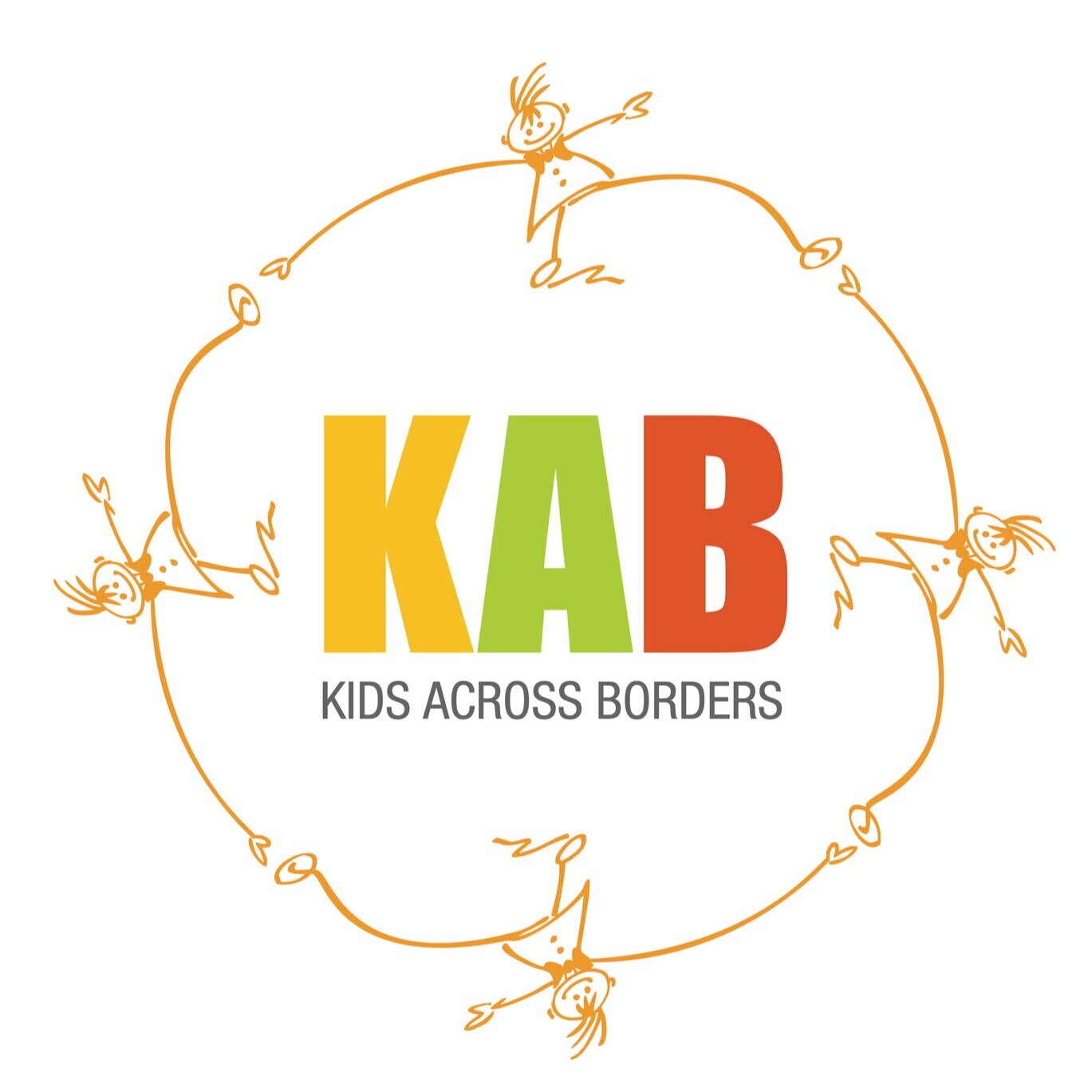
From the classroom being your world to the WORLD being your classroom.
Kids Across Borders creates real life links between:
Schools in Aboriginal communities and schools in the wider Australian community.
Australian schools and schools in Asia and Africa.
Kids Across Borders is an exchange of ideas and information to enrich the world views and socio-cultural understanding of everyone involved. The sharing consists of class to class and student to student written and creative exchanges, lesson sharing and collaborative activities.
Kids Across Borders priority areas are Sustainability, Reconciliation and Engagement with Asia and Africa which align the Australian Curriculum cross-curricula priorities. The program is designed for Upper Primary and lesson plans are linked to the West Australian Syllabus. The program is free for participating schools with funding provided to some schools to cover the costs of the exchange.
Why cross borders?
It gives students the chance to:
· communicate with other young people from around the world
· share thoughts, information and ideas
· learn about real issues from real people
· accept, respect and understand differences
· be inspired to act and build a better world together
Education for Sustainability
Kids Across Borders draws on the experience of schools which have been linked for learning while creating a unique framework by using the principles of Education for Sustainability as the basis for the exchange activities.
STUDENTS EXPLORE: cultural diversity, global interdependence, images and perceptions, peace and friendship, environmental sustainability, human rights and social justice. By communicating and sharing information with other young people from around the world, these issues become real and relevant.
STUDENTS TAKE ACTION: They identify important issues affecting their lives and the lives of others, reflect on them in a local and global context and find ways of improving them.
How it works
The KAB team works closely with schools to partner them and help coordinate the exchange. The program provides a spring board of ideas for school linking as well as enhancing existing learning activities.
Using the lesson plans as a guide, students: explore a topic in their own environment, share their findings with their partner class, compare results considering similarities and differences and the reasons why.
Students communicate in different ways including snail mail, email and zoom and get creative with multimedia technology to bring the exchange to life.

“Young people who have participated in school linking often speak of their experiences as “life changing” and this is echoed by many teachers and other staff, who have found the personal rewards are matched only by the excitement and enthusiasm of their students.”
Department for International Development, UK



